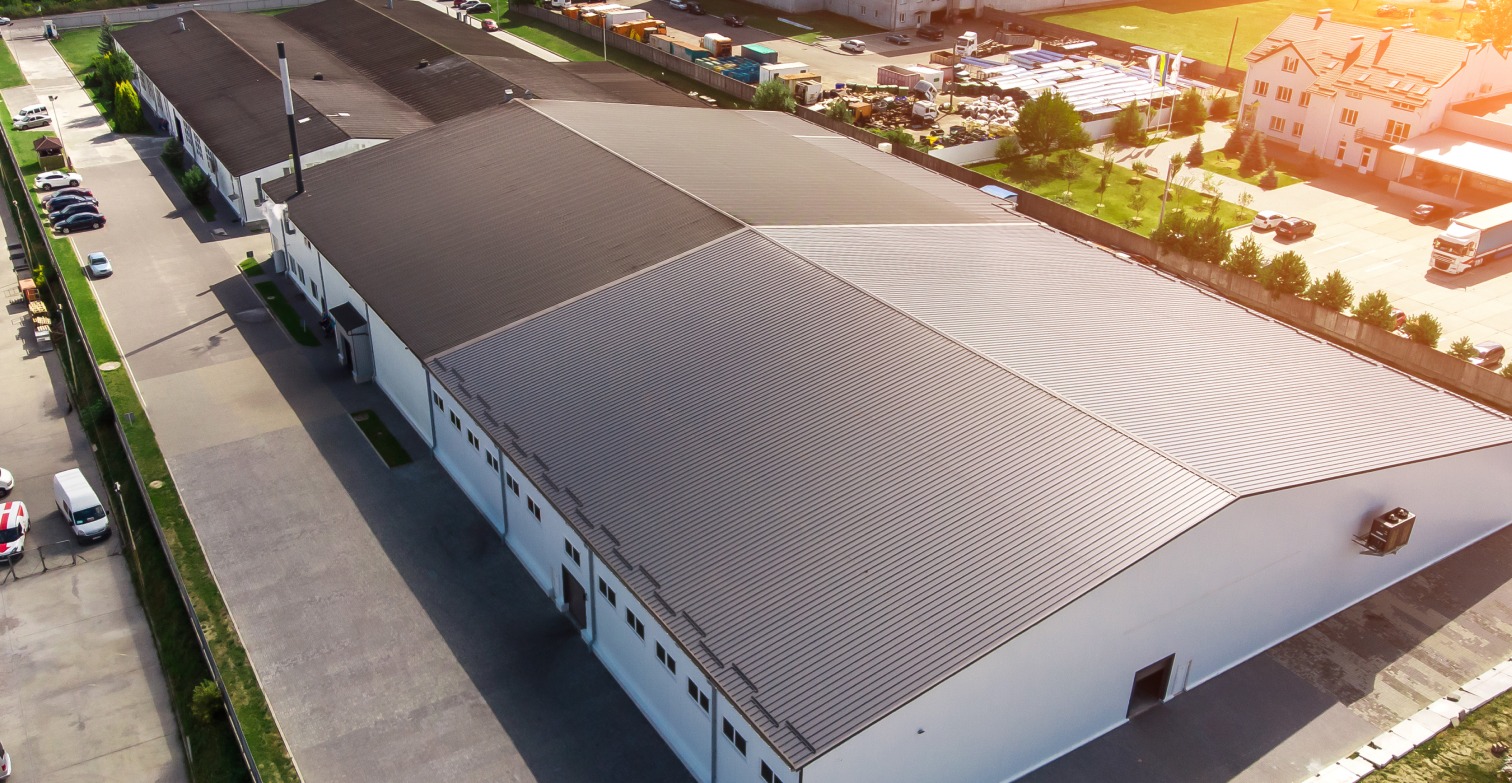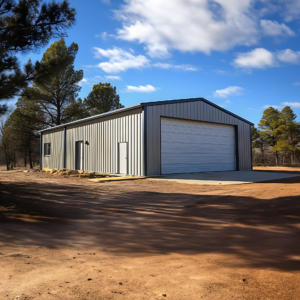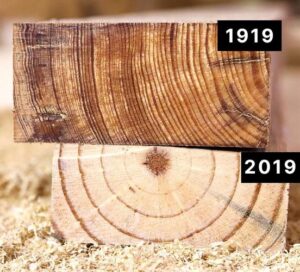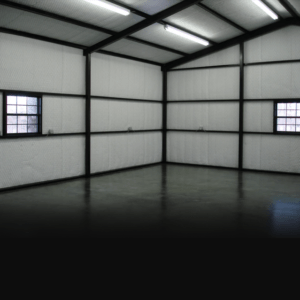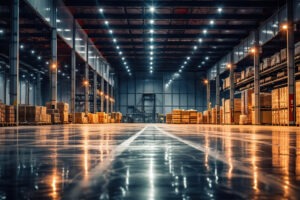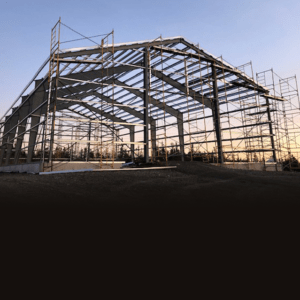Planning to Build a Steel Building in Canada | Insulation and Vapor Barriers
Insulating a steel building offers several benefits that make it a worthwhile investment.
Insulation helps to regulate the temperature inside the building, providing thermal comfort for occupants. Steel is a highly conductive material, meaning it can quickly transfer heat or cold from the outside environment to the interior. By insulating the building, you can create a barrier that reduces heat transfer, keeping the interior cooler in hot weather and warmer in cold weather. This not only enhances the comfort of the occupants but also helps to reduce energy consumption by minimizing the need for excessive heating or cooling.
Insulation can play a crucial role in soundproofing a steel building.
Steel structures can be prone to echoing and transmitting noise, which can be disruptive and affect productivity in commercial or industrial settings. Insulation materials, such as foam or fiberglass, absorb sound waves and prevent them from bouncing off the steel surfaces, thereby reducing noise levels inside the building. This is particularly important in environments where concentration, privacy, or noise control is essential, such as offices, schools, or manufacturing facilities.
The use of a vapor barrier in steel building design is of utmost importance due to several key reasons.
Steel buildings are highly susceptible to condensation issues, as steel conducts heat and cold more readily than other building materials. This means that without a vapor barrier, moisture can easily accumulate on the interior surfaces of the building, leading to potential damage, corrosion, and mold growth. By installing a vapor barrier, it acts as a protective layer that prevents moisture from penetrating the building envelope, thus mitigating the risk of condensation-related problems.
A vapor barrier helps to enhance the energy efficiency of a steel building.
Uncontrolled moisture infiltration can significantly impact the thermal performance of the structure, leading to increased energy consumption for heating and cooling. By incorporating a vapor barrier, it acts as an additional insulation layer, reducing the transfer of heat and moisture through the building envelope. This helps to maintain a more stable indoor environment, reducing the need for excessive heating or cooling and ultimately lowering energy costs.
The correct insulation and vapor barrier enhances the overall functionality and livability of the building, making it a valuable addition to any steel structure.

Comparing Insulation Types
There are 4 main insulation types recommended for a steel building. The chart below compares the various types of insulation, R values, cost and installation.
Insulation Types
Fiberglass Insulation
– Made from fine glass fibers
– Excellent thermal resistance
– Easy to install
– Affordable option
– Not resistant to moisture without proper barriers
Spray Foam Insulation
– Expands and hardens upon application
– Provides superior air sealing and insulation
– Effective in filling gaps and cracks
– Higher cost compared to other insulation types
Cellulose Insulation
– Made from recycled paper or plant fibers
– Good thermal performance
– Provides excellent soundproofing
– Requires professional installation to ensure proper coverage
Reflective Insulation
– Consists of aluminum foil laminated onto foam or plastic
– Reflects radiant heat
– Ideal for hot climates
– Requires an air gap for optimal performance
When planning to build a steel building in Canada, it is crucial to consider factors such as steel grade selection, insulation, coatings, and fire resistance. By carefully evaluating these aspects, builders can ensure a structurally sound, energy-efficient, and safe construction. Consulting with professionals and adhering to local building codes will further contribute to the success of the project.

